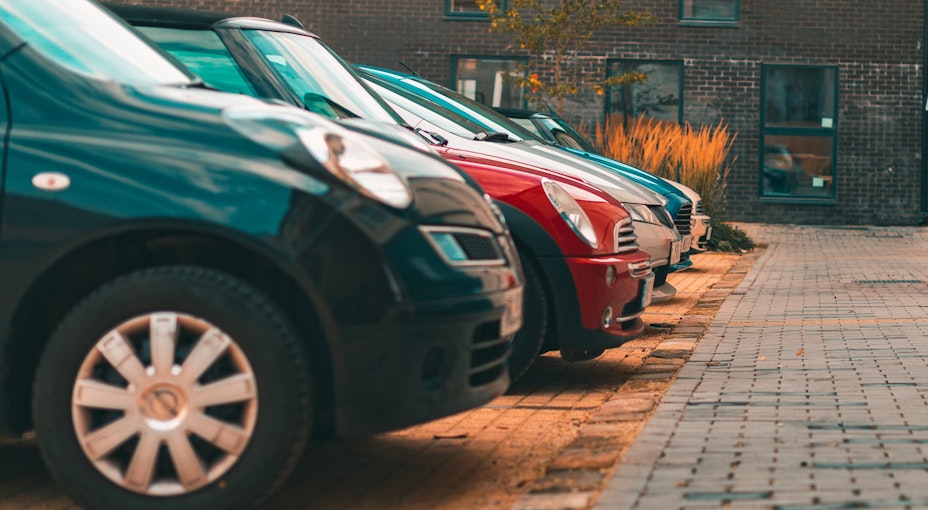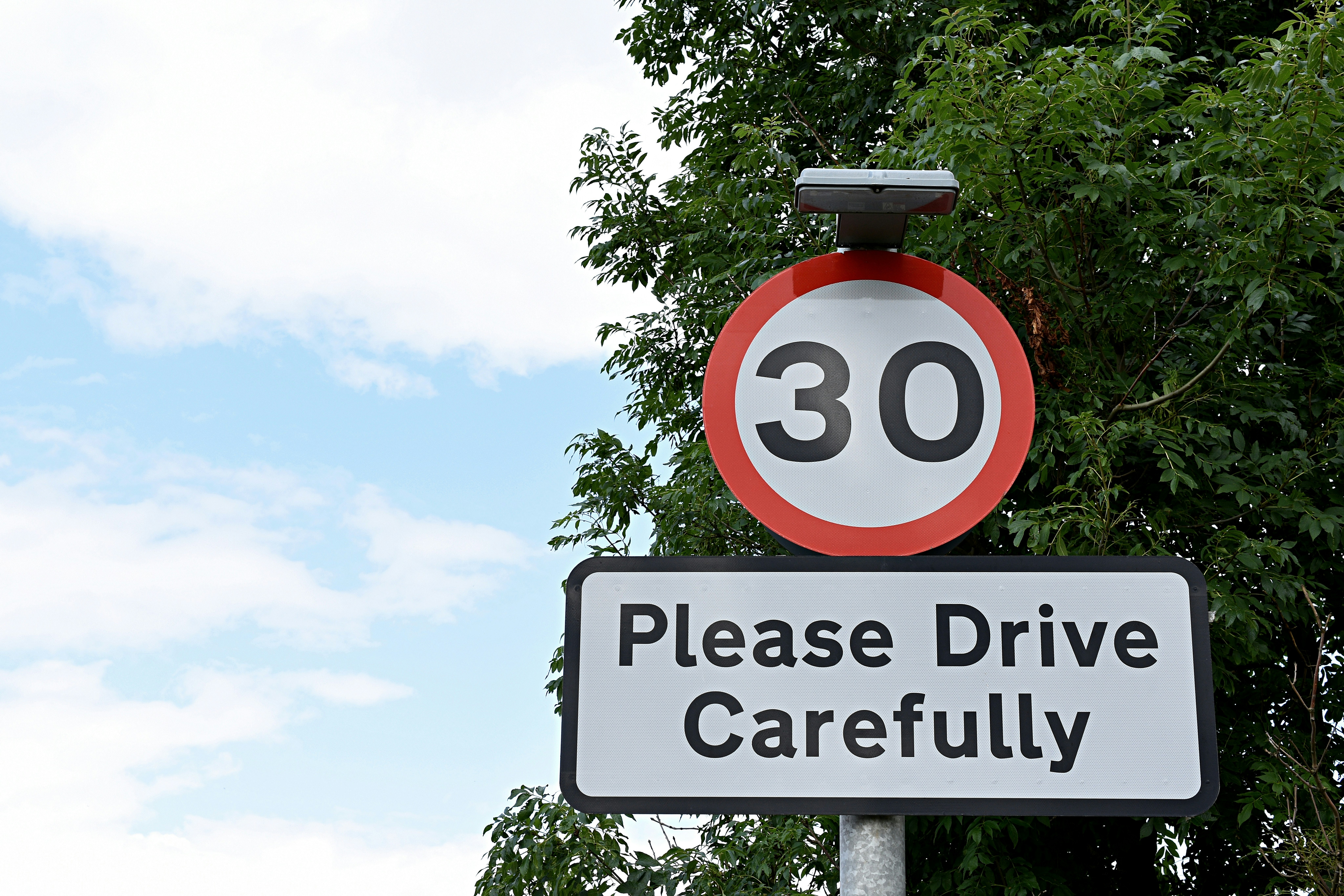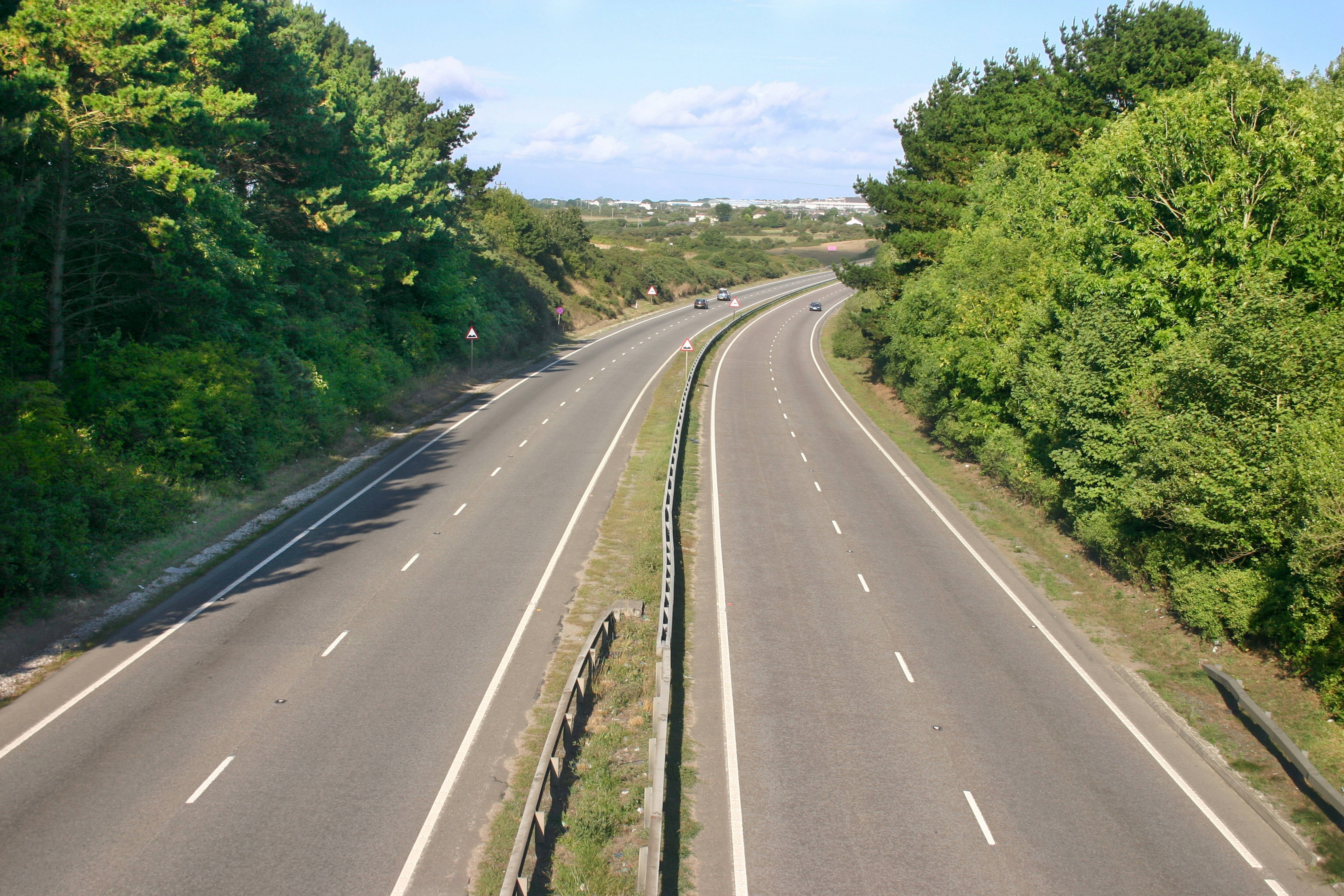Cars suitable for learner drivers
Car insurance for young drivers is notoriously expensive, with policies costing up to £3,000 in some cases. With that in mind, whether you’re buying a car with your provisional licence or full licence, saving money is likely to be a priority.
By
![]() Jess Cliffe
Jess Cliffe

Here, we look at the top five cars suitable for learner drivers that will help you keep costs down.
What factors affect insurance premiums for learner drivers?
Similar factors affect all car insurance premiums, regardless of whether you’re learning to drive or have a full driving licence. To work out the cost of your policy, insurers need to calculate the chances of you making a claim and how much it could cost them if you did (your risk profile).
Factors they will consider, include:
The car you drive
The car you drive can have a big impact on your premium. As a general rule of thumb, the more powerful and expensive your car is, the more you can expect your insurance to cost.
You can gauge the potential cost by looking at what insurance group the car belongs to. In the UK, there are generally 50 groups with group one being the cheapest to insure (although some insurers will group vehicles differently). Cars in this category typically have smaller engines, are relatively inexpensive to buy and repair, and parts can be easier to source.
The age of your car can also affect premiums, for example, older cars are often less expensive to buy and sometimes cheaper to repair. However, the value of used cars has increased recently, so it’s not always a huge advantage. Similarly, parts could be harder to get hold of for some older cars. If your car is considered a ‘classic’, you’ll need to look for classic car insurance instead.
The policy you choose
The minimum level of cover you can have by law is third-party only. This covers the cost of injury and damage you cause to other people and their property. The next level of insurance is third-party, fire and theft, which also compensates you if your car is damaged by fire or is stolen. The highest level of cover you can buy is comprehensive insurance, which compensates you if your car is damaged in an accident you cause.
It might seem contradictory, but the lowest level of cover (third-party only) isn’t always the cheapest as drivers with a third-party only policy are generally considered higher risk.
So, while a lower level of cover can be cheaper for some people, it’s worth checking all policy types as the cost will vary depending on your circumstances.
Your personal details
You could pay more for insurance if you live in a city or large town with a higher-than-average level of crime, simply because there’s a greater risk of damage or theft.
Other personal details, such as your age, can affect your premium. Generally, the younger you are, the more you can expect to pay. For example, a 17-year-old learner driver can expect to see a higher premium than a 30-year-old learner. This is because younger drivers under age 25 are statistically at higher risk of being involved in an accident.
Insurers will also consider what you do for a living as some jobs are considered ‘high risk’. Typical high-risk occupations that increase premiums include students, delivery drivers and those working in hospitality or construction.
Top five cheapest cars to insure for learner drivers
To help keep your car insurance costs down, we’ve listed the top five cheapest cars to insure while you’re learning to drive (although as mentioned above, other factors aside from the vehicle will influence your premium cost).
Hyundai i10
The Hyundai i10 is in insurance group one – the lowest category available which should mean it’s one of the cheapest cars to insure. It’s one of the few very small ‘city car’ style vehicles still around so while adult passengers might struggle in the back seat, its compact size makes it very manageable for learner drivers.
Volkswagen Polo
The 1l Polo is in insurance group three and is a tried and tested model, having been around for the last fifty years. It’s also a very safe car, scoring five out of five in Euro NCAP assessments (an independent organisation that tests for car safety). Safety features on newer models include automatic emergency braking, lane assistance and speed-limit warnings.
Kia Picanto
The Picanto is in insurance group four, but independent reviews highlight its mechanical similarity to the Hyundai i10, which is three categories lower. This is partly because new models are slightly more expensive and have been designed to appeal to younger drivers. It does have marginally more space in the rear for passengers in comparison, but it’s also one of the slowest cars to go from 0-60 mph on the market.
Skoda Fabia
Skoda is part of the VW group, so there are lots of similarities between the Fabia and the Polo. The Fabia is in insurance group four, so slightly more expensive to insure than the Polo, but this is balanced by the fact that the Fabia is marginally cheaper to buy. It’s also a slightly bigger car than the Polo which can make it a good longer-term buy.
Toyota Aygo X
The Aygo X is in insurance group five, so it’s likely to cost a little more to insure, depending on your circumstances. Independent reviews highlight the Aygo is easy to manoeuvre with its small turning circle, making it ideal for driving in towns and built-up areas. While the driver and front passenger space is relatively roomy, the rear is tight on space.
Tips for lowering car insurance
Choosing the right car goes a long way to keeping your car insurance costs low, but it’s not the only factor that insurers consider, so for even lower premiums, think about:
Limiting your mileage
The more miles you drive, the higher the risk of being involved in an accident. Be as accurate as you can when you estimate your annual mileage as overestimating could mean you end up paying more.
Increasing your voluntary excess
Your excess is the amount you pay towards a claim. You can lower your overall premium by increasing your voluntary excess, but the amount you choose still needs to be affordable; otherwise, your claim can’t go ahead.
Building up your no claims bonus
Every year you drive without making a claim on your insurance, you earn a no claims bonus, which is a discount taken off your premium at renewal. The more years of no claims you have, the bigger the discount. No claims bonus can only be accrued on a learner driver policy if you take it out on an annual basis.
If you make a claim, your current level of discount will be reduced (unless you’ve protected it). To build up your bonus, think carefully before making claims for relatively minor incidents like scratches.
Adding a named driver
Having a more experienced driver on your policy with no previous claims can help lower your premium as insurers see this as spreading the risk. However, don’t be tempted to put the experienced driver as the main driver when you (the learner) are; it might lower the premium considerably, but this tactic is known as fronting and is considered insurance fraud.
Telematics insurance
These policies use a small telematics device to monitor aspects of your driving, such as braking and speed. If you drive consistently well, your premiums could fall faster compared to drivers without telematics policies.
Great value car insurance for peace of mind
When you compare learner driver insurance, remember to check what’s covered, as not all policies are the same. You’ll also need to make sure you’re aware of any conditions set out in your policy, for example, if you’re learning to drive, you must have an insured supervising driver. The minimum legal age of the supervising driver is 21 years old, but some insurers will stipulate that they must be at least 25.
To stay on the right side of the law, you’ll also need to ensure you abide by the rules set out for learner drivers (for example, not driving on the motorway). Not following the rules can invalidate your policy which means your insurer can refuse to process your claim.
For more information or a tailored quote, you can speak to one of our experts at 01603 301770.
FAQs
The cheapest cars to insure are those in the lowest insurance groups. These cars typically have small engines and are relatively inexpensive to buy, maintain and repair. Cars include the Hyundai i10, VW Polo and Kia Picanto.
Group one cars are the cheapest to insure, such as the Hyundai i10 which is in insurance group one.
The right car for you will depend on what you feel comfortable driving. In terms of cost, the lower the car’s insurance group number, the cheaper it will be to insure. However, if you’re likely to spend a lot of time behind the wheel, you may prefer a car better suited to your needs (for example, a more powerful engine or bigger car).
Tailored learner driver insurance
There’s a lot to think about when you’re learning to drive, but tailored learner driver insurance can give you the reassurance you need to focus when you’re behind the wheel.
We offer flexible policies that are available monthly or on an annual basis, comprehensive cover, and optional extras, including breakdown cover. If you’d like to find out more and speak to an expert about your options.
Make an enquiry
Related guides and insights

Rules for learner drivers: a complete guide
Before you venture out without your driving instructor, it’s vital to know what you can and can’t do while you’re still learning; here’s what you should know.

Supervising a learner driver: your responsibilities
Friends and family can supervise learner drivers, but you’ll need to follow some rules. To put your mind at rest, we look at what your responsibilities are so everyone’s clear about their obligations.

Can learner drivers drive on the motorway?
We look at what the rules are for learner drivers on motorways, and what might happen if you accidentally break them.

Can a learner driver have passengers?
To help you stay on the right side of the law, we look at what the rules for learner drivers are when it comes to carrying passengers.
